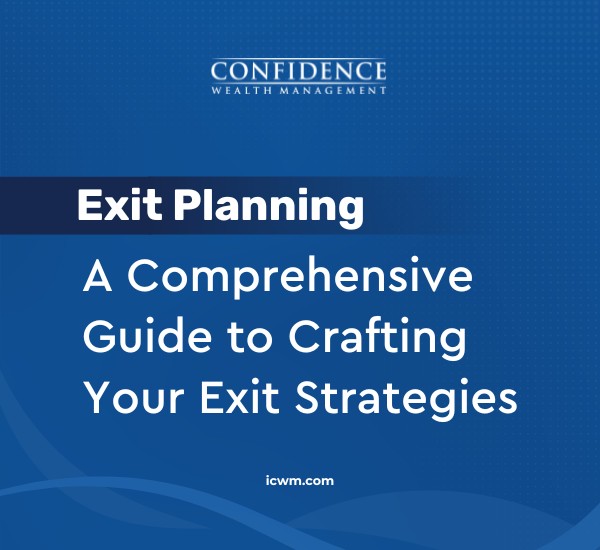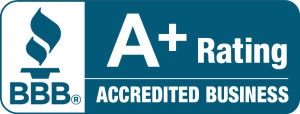No matter how long you enjoy working, a day will come when you’ll have to retire.
The good news is that many people are now entering retirement and are doing so with a significant amount of money in investments coupled with retirement accounts to supplement their social security.
However, it is sad that many retirees are paying substantially more taxes than they should due to the complex and ever-changing rules attached to retirement accounts.
I hope that this blog will help you avoid being caught off guard so that you can avoid needless taxation of your income and benefits.
You will also learn how to maximize your retirement income efficiency and provide for beneficiaries, such as utilizing the Roth options in 401(k) plans, exploring Roth IRA conversions and engaging in retirement distribution optimization.
Consider Your Phase of Retirement When Tapping Various Savings and Investment Accounts
To avoid being caught unaware regarding taxation, consider the principle of looking before you leap. In this case, you need to know when and how to tap into your various accounts both during your pre-retirement and retirement phases.
To that effect, you have to consider four phases of your retirement, each calling for different strategies and considerations.
1. Pre-Retirement (40s and 50s)
In the decade or two before your retirement, take advantage of tax deferral opportunities where appropriate and begin your retirement planning with a focus on accumulation and managing taxes.
Explore the following during this period of your years at work:
- Make the best possible use of retirement investment vehicles available to you via your employment with your long-term goals in mind.
- Maximize your investments, as the compounding effect of those funds, will be substantial.
- Understand what your tax picture will look like before you retire so you can plan accordingly.
However, to achieve the above, you need to create a plan by yourself or with your financial advisor. You will also have to consider the best use of employer retirement plans and the use of Roth IRAs and Roth conversions (that allow an individual to transfer pre-tax dollars from a traditional IRA or 401(k) directly to a Roth IRA account) and much more.
2. Early Retirement (the 60s)
Though the early years of retirement have their challenges, the exciting thing is that you have yet to start taking your RMDs and may not be taking your social security.
However, you would need to approach these years strategically to maximize after-tax income.
To achieve this, you must live within your means and analyze your situation yearly with your financial advisor.
3. Middle Retirement Years (mid-60s through 72, when you start your IRA RMDs)
The thing is, many of the strategies discussed will come to make sense to you during your middle retirement years.
During this period, I encourage you to practice tax diversification and monitor your expenses.
In addition, as you get older, consider the following:
- Medicare Makes a Difference: It is essential to explore as it will likely become your primary payer when you turn 65. But you must follow strict deadlines for Medicare and supplemental insurance to take effect.
- Focus on Social Security: When you reach age 67, taking social security may be a good option for you. This is because you would be eligible to receive your full unreduced primary insurance amount.
- Continue Practicing Tax Diversification: The goal is to avoid unnecessary taxation. As a result, you may want to favor withdrawals from the Roth IRA to lessen taxable income in a tax year where income is high. But in years where income is low, perhaps favor withdrawals from traditional IRA accounts.
4. Later Years in Retirement (after age 72)
Once you reach age 72, you will be required to withdraw from your traditional IRA, annuities, and in most instances, your employer-sponsored retirement plans. These are the RMDs that have been discussed in this article.
However, there are still some strategies during this later stage of your retirement. These are:
- Tax-Efficient Charitable Planning: this allows those aged 70 ½ or older to donate money directly to charities from the IRAs in a tax-advantaged manner.
- Step-Up Basis Strategy: this involves locating assets to benefit from capital gains or losses.
In Conclusion
There is much more to retirement than collecting social security and taking a monthly distribution from your accounts.
But with the required knowledge, you can avoid high-taxed bills and preserve more of your hard-earned assets to enjoy yourself.
Please connect with us and let us help you plan for your dream retirement. We would be delighted to go on the journey with you.










